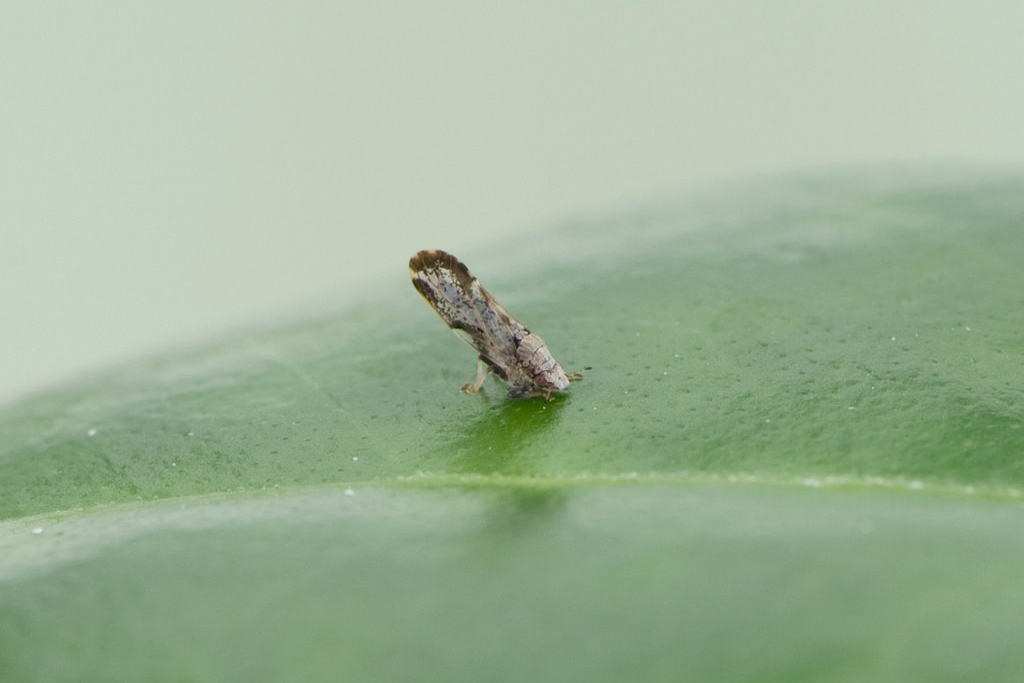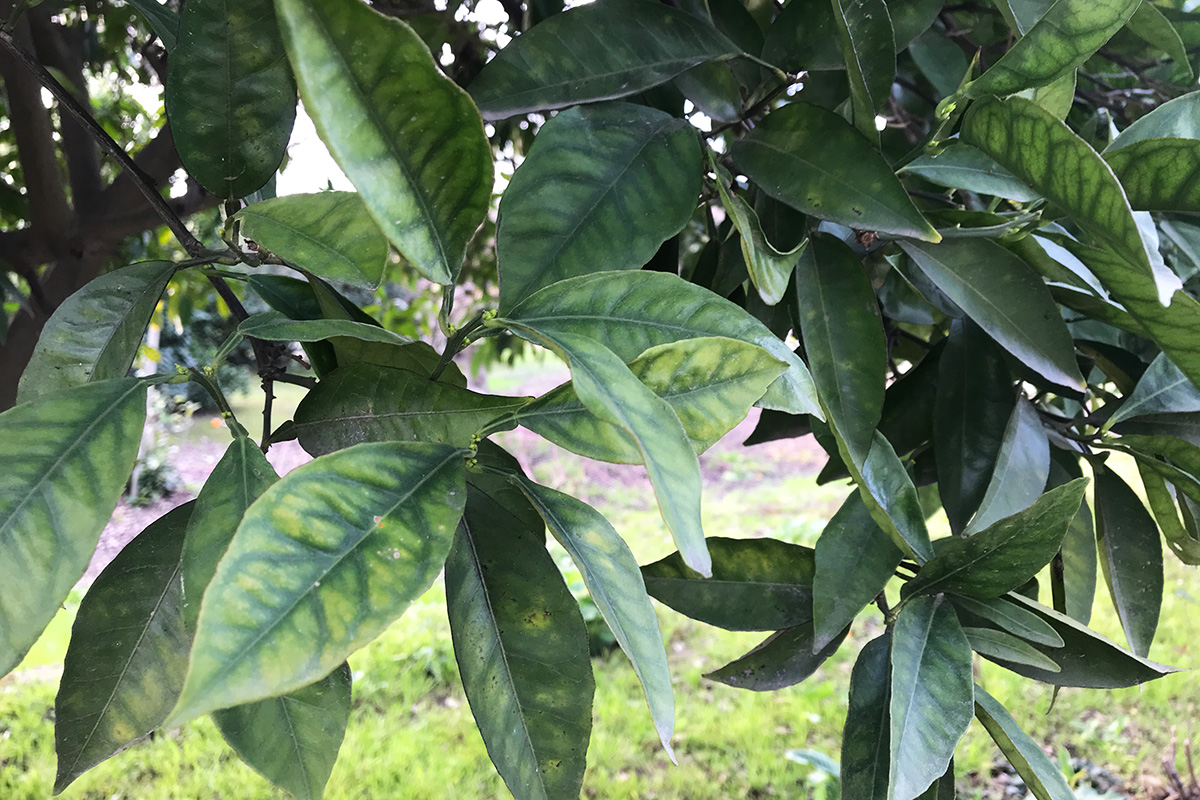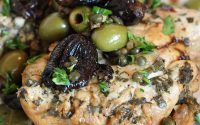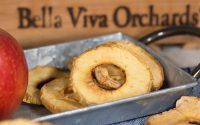Citrus Greening Disease: Huanglongbing
What is Huanglongbing?
There’s a bad pest that has been brutally attacking citrus around the globe and has the potential to devastate the California citrus industry. Huanglongbing (HLB), also known as citrus greening disease, is a disease caused by an Asian citrus psyllid. This type of insect specifically feeds off citrus leaves and stems, infecting the tree with its bacteria from the inside out (01a). Though HLB can spread to nearby healthy citrus trees, it can also spread through the transportation of citrus plants and fruits in the region (02). However, once a tree is exposed to HLB, it is forever affected and will stop developing properly before it eventually dies off (03).
Huanglongbing in California
Over recent years, this disease has decided to make quite the appearance in our state. The disease began showing up in Southern California and has migrated to the Northern end. The primary action taking place to eliminate the psyllid has been dispersed quarantine. According to the USDA, in California during August 2017, over 63,300 square miles were quarantined with a remaining 35,500 square miles to cover (01a). Millions of dollars have gone into research in hopes of finding a cure; however, the real problem doesn’t end with the money spent finding a cure (04). HLB was first confirmed in Florida in 2005 which has since experienced a loss of billions of dollars and thousands of jobs (05). According to californiacitrusthreat.org, California employs around 22,000 individuals and provides roughly $3.3 billion to the commercial citrus industry, annually (01b). In other words, if California citrus follows in Florida’s footsteps and fades away, so will employment. California and Florida aren’t the only places suffering from this awful disease. In fact, it’s becoming a worldwide concern and has been detected in other states and countries including, but not limited to, Arizona, Texas, Mexico, Brazil, the Philippines, and many more (03).

What Does Citrus Greening Disease Look Like?
Visible symptoms of HLB can take one to two years to appear. If you have a citrus tree, the best thing that you can do to help prevent the disease from spreading is to check for any visible signs and take action immediately. The Asian citrus psyllid tends to be found on new leaf growth and is no larger than a grain of rice (01a, 03). The disease can cause the leaves to become discolored, making them appear yellow, blotchy, and misshapen by curling. Along with these hindering factors, the fruit will stop developing remaining small, green and lopsided (03).
How Can I Help Prevent HLB?
Some ways you can help prevent HLB from spreading are to buy citrus from local and reliable growers and avoid transporting your own citrus plants or fruit in or out of your region. If you think your plants might be diseased with HLB, you should contact your local food and agricultural departments. The California Department of Food and Agriculture can be contacted through their website at https://www.cdfa.ca.gov/plant/acp/ (06).
- a) http://californiacitrusthreat.org/pest-disease
- http://www.sandiegouniontribune.com/lifestyle/home-and-garden/sdut-protect-citrus-trees-from-hlb-threat-2015aug28-htmlstory.html
- http://ipm.ucanr.edu/PMG/PESTNOTES/pn74155.html
- http://www.cnn.com/interactive/2015/08/us/seed-bank-american-story/
- https://www.sciencedaily.com/releases/2016/04/160418092420.htm
- https://www.cdfa.ca.gov/plant/acp/




